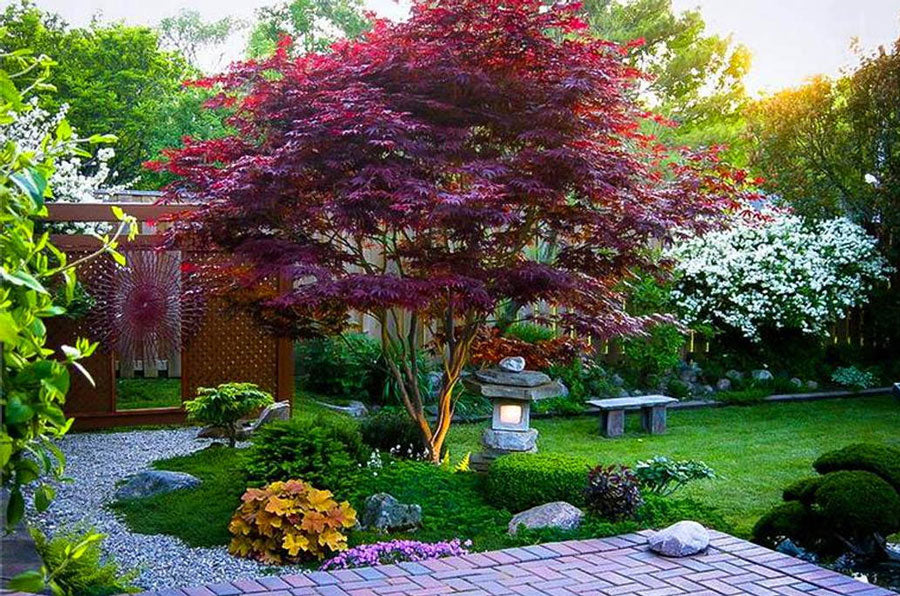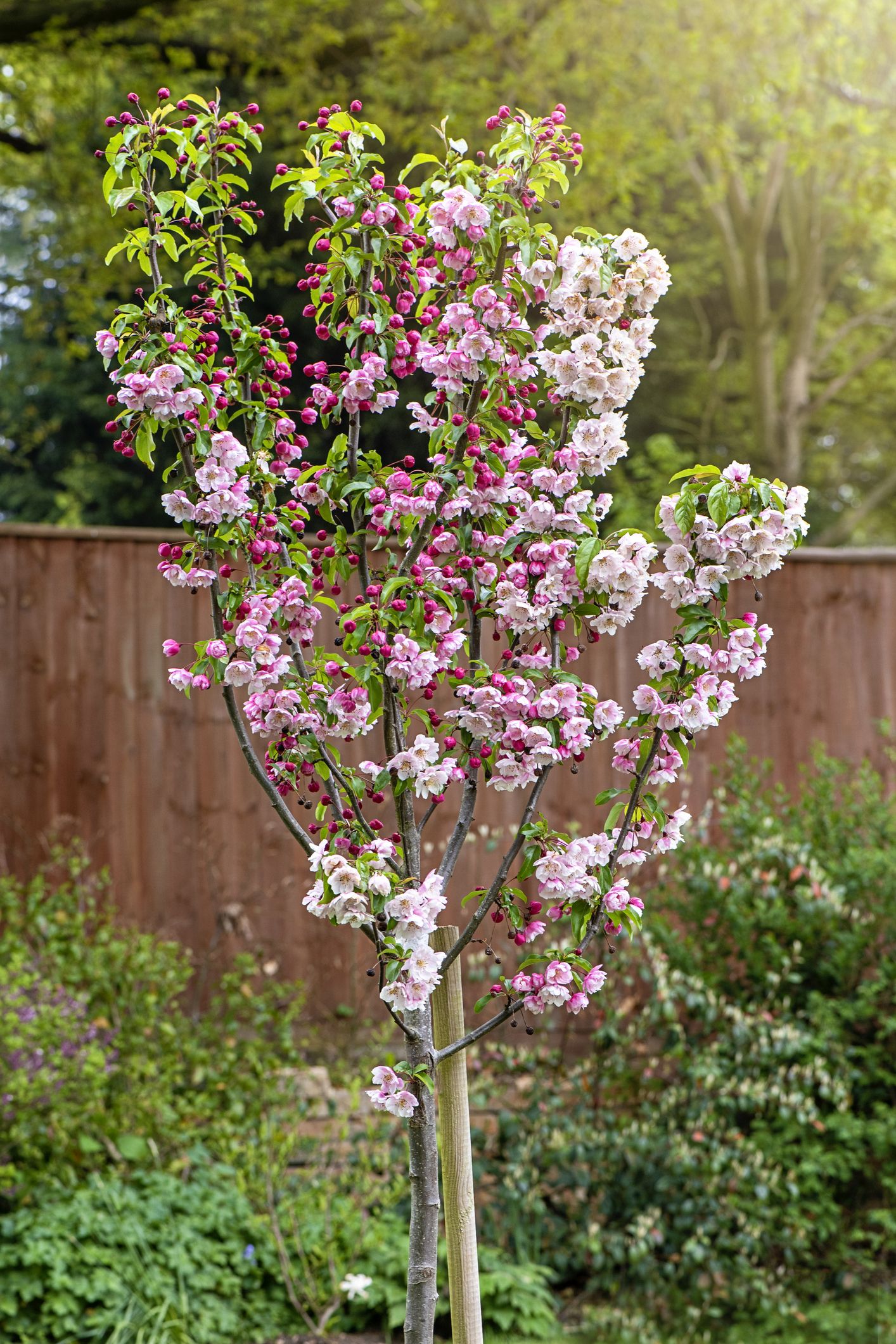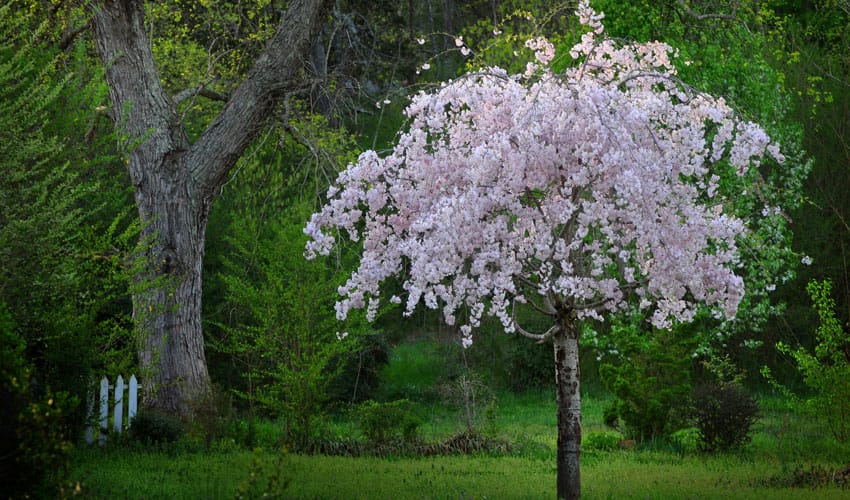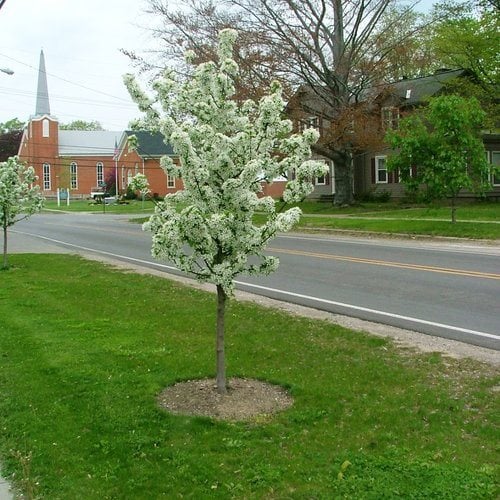Small trees can transform your garden, patio, or even small indoor spaces, adding beauty, texture, and a sense of tranquility. In this comprehensive guide, we’ll explore various decorative small trees, their benefits, how to care for them, and share personal experiences that highlight why these trees deserve a spot in your home.
Why Choose Decorative Small Trees?
In recent years, the demand for decorative small trees has surged. Homeowners are increasingly looking for ways to beautify their spaces without overwhelming their gardens or living areas. Here are a few reasons to consider:
- Aesthetic Appeal: Small trees can significantly enhance the visual appeal of a space, providing color and shape.
- Easy Maintenance: Many small trees require less care than larger trees.
- Versatility: They fit well in various settings—yards, patios, and even indoors.
Types of Decorative Small Trees
Here are some of the most popular decorative small trees that you can consider for your home:
1. Japanese Maple (Acer palmatum)
The Japanese Maple is known for its stunning foliage and elegant shape. Its delicate leaves come in various colors, including deep reds, fiery oranges, and vibrant greens.
Pros and Cons
- Pros: Beautiful seasonal color changes, easy to shape through pruning, and excellent for small gardens.
- Cons: Sensitive to extreme weather, requires slightly acidic soil.
2. Dwarf Alberta Spruce (Picea glauca ‘Conica’)
This conifer is perfect for creating a sense of structure and formality in your garden. It has a dense, conical shape, making it a great focal point.
Pros and Cons
- Pros: Low maintenance, hardy, and adds year-round greenery.
- Cons: Slow growth may not meet immediate impact needs.
3. Flowering Dogwood (Cornus florida)
The flowering dogwood is celebrated for its stunning blossoms in spring. It’s a tree that brings both beauty and an enticing fragrance to your space.
Pros and Cons
- Pros: Beautiful flowers, wildlife-friendly as it attracts pollinators.
- Cons: Prone to certain diseases; requires regular monitoring.

4. Crape Myrtle (Lagerstroemia indica)
Known for its vibrant blooms during the summer, crape myrtle can add a splash of color to your garden.
Pros and Cons
- Pros: Long flowering season, attractive bark.
- Cons: Requires regular watering in dry spells.

Choosing the Right Decorative Small Tree for Your Space
When selecting a small tree, consider the following factors:
1. Space Availability
Measure the area where you plan to plant. Some small trees can grow wider than expected.
2. Climate
Choose trees that are suited to your local climate. Researching USDA hardiness zones can be helpful.
3. Purpose
Decide what you want to achieve—a focal point, shade, or seasonal color.
Personal Experience: My Journey with Small Trees
When I first moved into my home, I had a blank canvas in my backyard. After much consideration, I planted a Japanese Maple near my patio. The tree has grown beautifully, providing stunning fall colors that I look forward to each year. My neighbors often stop by to admire its beauty, and it’s become a talking point during gatherings. Additionally, I added a Dwarf Alberta Spruce to frame my entryway, providing year-round greenery.

Care and Maintenance of Decorative Small Trees
Proper care is essential to ensure your decorative small trees thrive. Here’s a quick guide:
Watering
Small trees generally need regular watering, especially during dry spells. Deep watering is preferred to encourage deep root growth.
Pruning
Pruning helps maintain the shape of the tree and removes any dead or diseased branches.
Fertilizing
Apply a balanced fertilizer in spring to promote healthy growth.
Decorative Small Trees for Indoor Spaces
If you’re looking to spruce up your interior, consider these small trees:
1. Fiddle Leaf Fig (Ficus lyrata)
This trendy indoor tree can grow tall, making it a striking addition to your living room.
2. Rubber Plant (Ficus elastica)
Another popular choice, the rubber plant is known for its glossy leaves and adaptability.

Comparison of Popular Decorative Small Trees
| Tree Type | Height | Growth Rate | Sun Requirements | Water Needs |
|---|---|---|---|---|
| Japanese Maple | 10-25 feet | Slow | Partial to full sun | Moderate |
| Dwarf Alberta Spruce | 8-12 feet | Slow | Full sun | Low |
| Flowering Dogwood | 15-30 feet | Moderate | Partial shade | Moderate |
| Crape Myrtle | 10-25 feet | Fast | Full sun | Moderate |
FAQs About Decorative Small Trees
What are the best decorative small trees for small gardens?
Some of the best options include Japanese Maples, Dwarf Alberta Spruce, and Ornamental Cherry trees. These options are compact and manageable in terms of space.
Can I grow small trees in pots?
Yes! Many small trees thrive in pots. Be sure to choose the right pot size and use quality potting soil to ensure proper drainage.
How often should I fertilize my decorative small trees?
Typically, it’s best to fertilize during the growing season, particularly in early spring. Follow the instructions on the fertilizer package for best results.

Do small trees attract pests?
Like any plant, small trees can attract pests. Regular monitoring and a good care routine can help keep pests at bay.
Conclusion: The Joys of Decorative Small Trees
Decorative small trees can significantly enhance your home’s curb appeal and indoor aesthetics. Whether you choose to plant a Japanese Maple or a Dwarf Alberta Spruce, the right tree can bring joy, beauty, and tranquility to your space. My personal journey with small trees has taught me much about their care and how they can transform a home. I hope this guide helps you find the perfect decorative small tree for your own space!